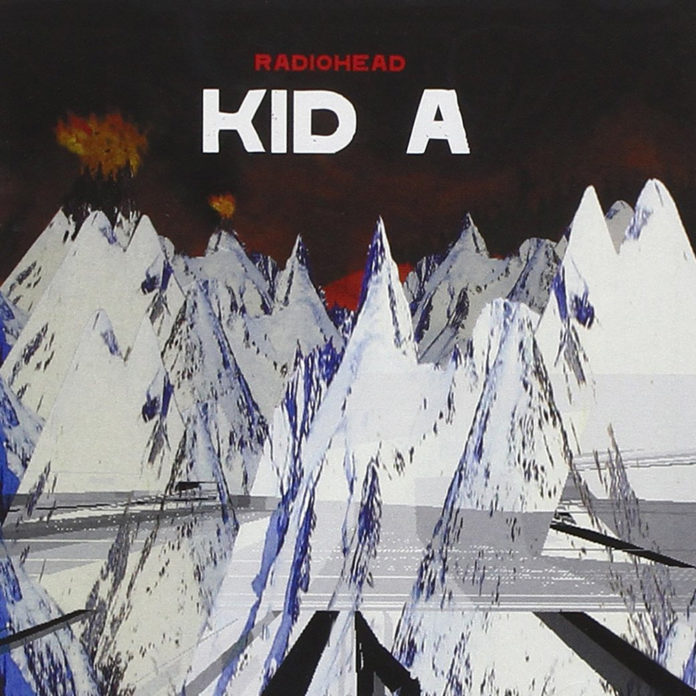Released in 2000, Radiohead’s Kid A has become a touchstone of modern music, not only for its ambitious sound but also for its surprising twists and innovations, a must-listen of an album and one of the greatest critically acclaimed records of all time. Here are five lesser-known facts about this genre-bending album still making waves for musicians and critics:
1. Origins in Burnout and Breakthroughs
After OK Computer, lead singer Thom Yorke experienced intense burnout, leading to a period of writer’s block and disillusionment with rock music. Yorke retreated to Cornwall, immersing himself in electronic music, which influenced Kid A‘s shift toward electronic and experimental sounds. This detachment from the traditional songwriting process fueled the album’s unique ambiance and Yorke’s abstract, impersonal lyrics.
2. Recording in a Tent Tour Across Europe
In a bold move to disconnect from corporate influence, Radiohead embarked on a European tour in a custom-built tent, free of logos and branding. The tent shows provided a raw experience for fans, presenting the new material live while dodging mainstream promotional avenues. This approach, combined with minimal interviews and no singles, created a mysterious aura around the album’s release.
3. Early Internet Promotion Pioneers
Rejecting traditional promotion like sending out advance copies to media, Radiohead embraced the internet in a groundbreaking way, sharing animated “blips” and teasers online. This avant-garde marketing strategy was a first for a major band and set a precedent for digital album rollouts. Although unconventional at the time, these online visuals helped Kid A capture the curiosity of a global audience, nearly 20 years before YouTube Shorts.
4. Hidden Meaning in the Artwork
Yorke and longtime collaborator Stanley Donwood created the album’s chilling artwork, inspired by the Kosovo War. The stark, jagged mountains in the cover art represent a looming sense of apocalypse, fueled by environmental concerns and societal unrest. The blood-red swimming pool on the spine symbolizes state-sanctioned violence and was inspired by Alan Moore’s graphic novel Brought to Light, underscoring the album’s dark themes.
5. An Influential “Anti-Rock” Statement
With its unusual instruments, like the ondes Martenot and synthesizers, and a heavy use of electronic effects, Kid A diverged from rock conventions. The album’s structure challenged fans’ expectations by omitting choruses and traditional song formats, even testing the band’s relationships. The bold experimental move divided listeners but ultimately won praise, with Kid A being hailed as one of the most influential albums of the 2000s.
In its break from convention, Kid A helped redefine what a rock album could be, blending genres and reshaping the music landscape. These lesser-known aspects of the album’s creation reveal just how radical Radiohead’s approach was at the turn of the millennium – the perfect album for the start of the new century.







